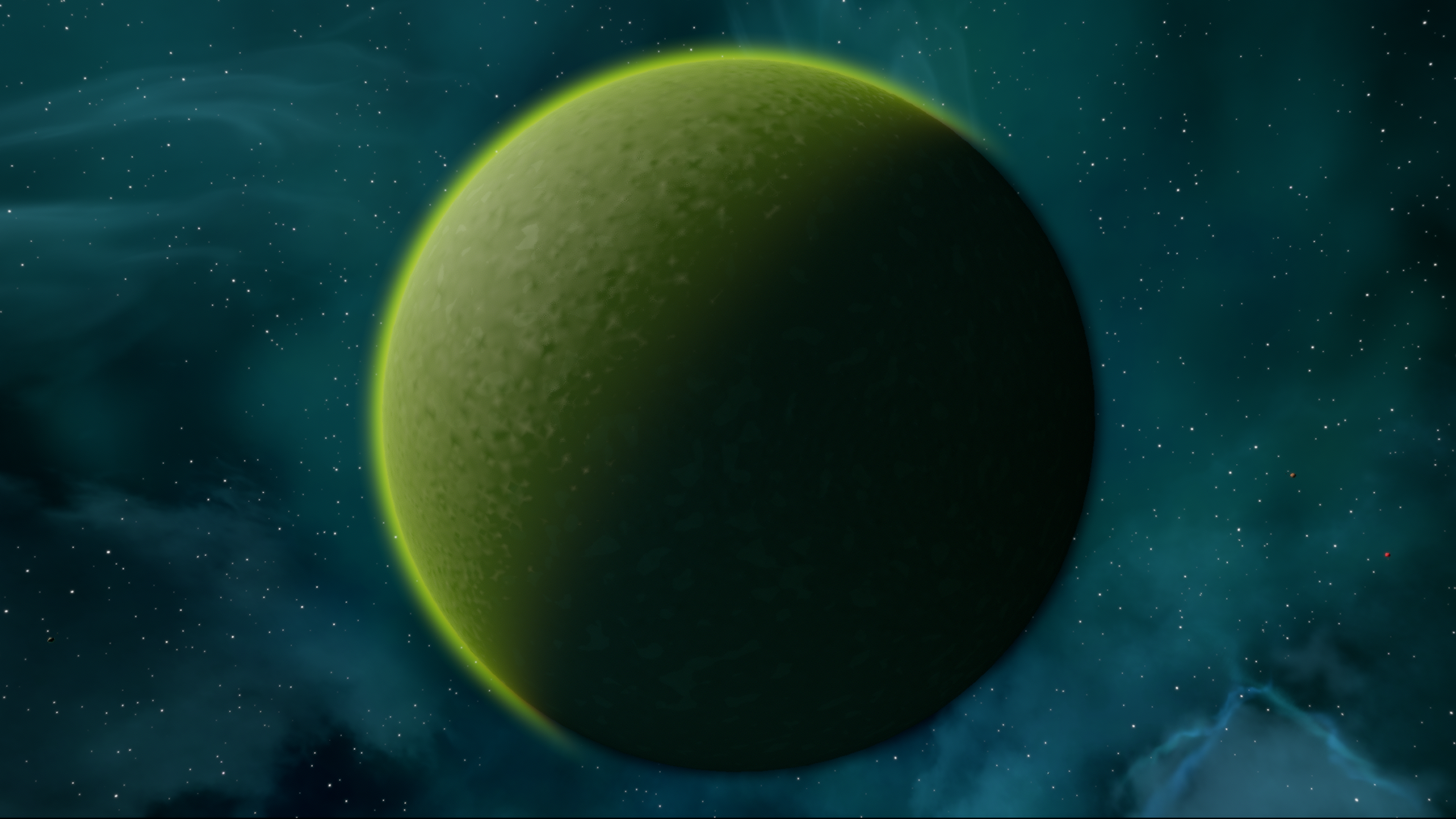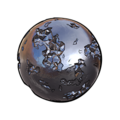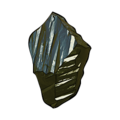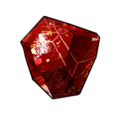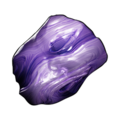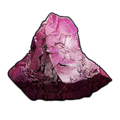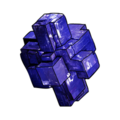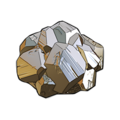Knephas
Revision as of 00:11, 28 June 2024 by Dusty (talk | contribs) (Created page with "{{SB Infobox Begin |{{SB Infobox Header |image=Image:Knephas.png |factionLogo= |caption= |name= |border=none |edgeless=true }} {{SB Infobox Celestial Body General Information |pronunciation={{IPAc-en|ˈ|k|n|eɪ|.|f|ɑː|s}} |languageOrigin=Homeric Greek |ipaKey=key |alias=Aurora |class=Moon |satelliteOf=Eos |location=22nd moon of Eos |orbitalDistance=~ 76,0...")
Knephas
Pronunciation/ˈkneɪ.fɑːs/
(Homeric Greek) - IPA(key)
(Homeric Greek) - IPA(key)
AliasesAurora
ClassificationMoon
Satellite ofEos
Location22nd moon of Eos
Orbital Distance~ 76,000 km
Moon Characteristics
Volume3.35×107 km
Diameter400 km
AtmosphereSurtrite/Karnite
Atmospheric Height17 km
Crust MaterialValkite
Surface Gravity1.3 G
Gravity Well80 km
Notable Minerals
Knephas (/ˈkneɪ.fɑːs/) is a rocky and especially mountainous moon, with few flat sections to speak of. It has an unusually close atmosphere for a moon of its size which, though composed of surtrite and karnite, glows a sickly green throughout the day, only giving way to a deep violet at dusk.
Nomenclature
Knephas (Homeric Greek) is a term from Homer's Iliad used to describe the particular darkness of the evening dusk or twilight period.
